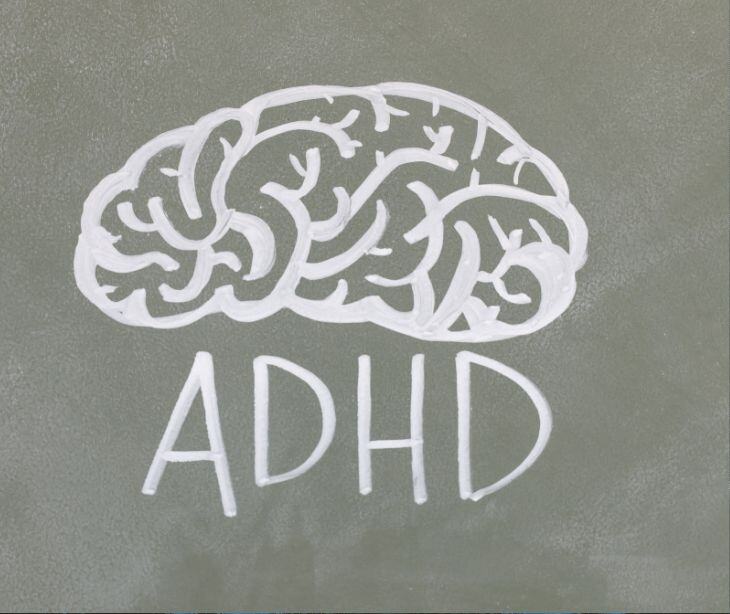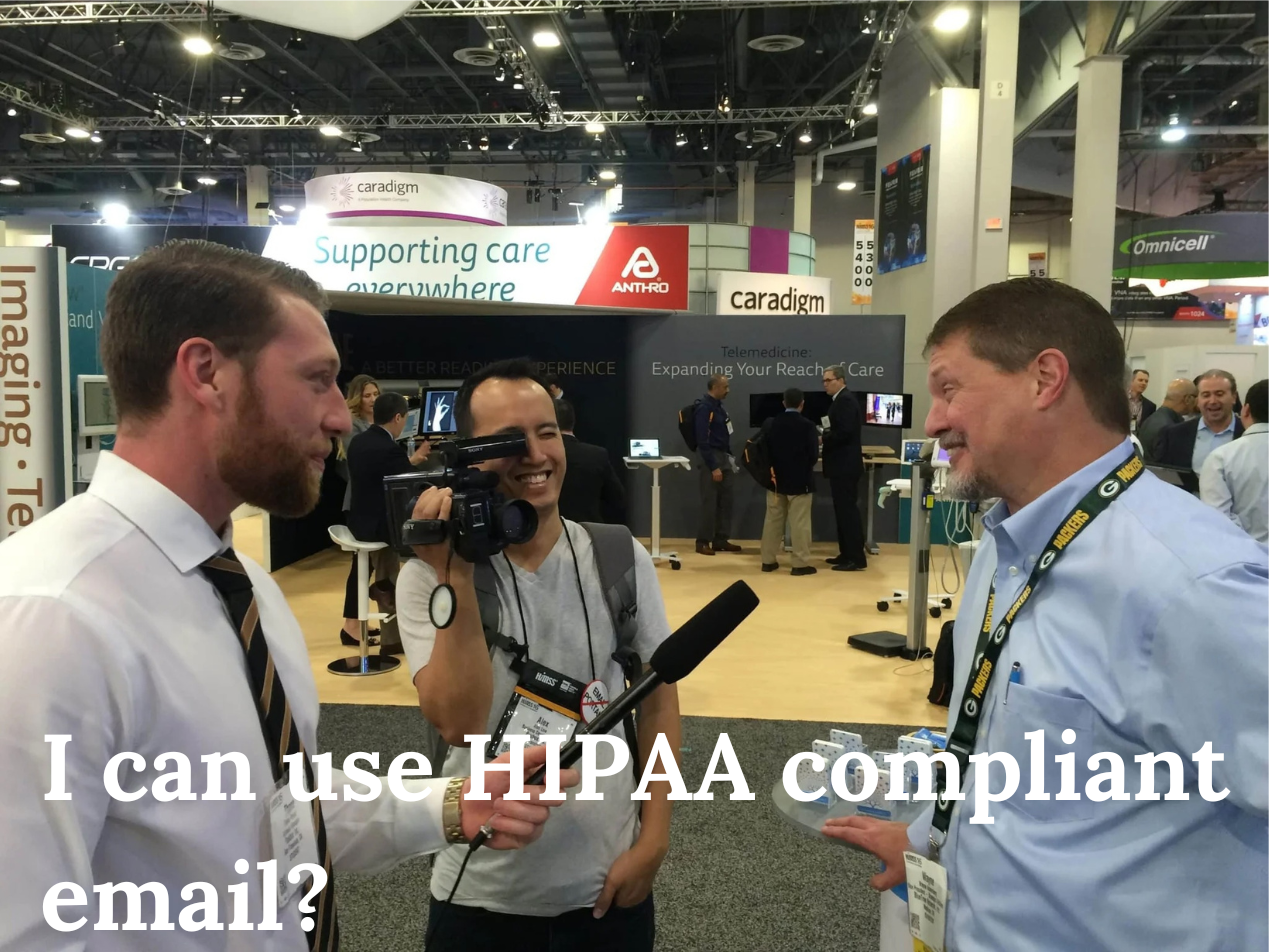
Providers can tailor their HIPAA compliant emails to be more accessible to patients with ADHD by using concise language, visual cues, and bullet points to break down information. Additionally, using HIPAA compliant emails safeguards patient privacy, mitigating potential breaches or unauthorized access.
Understanding ADHD patient needs
Communicating electronically with healthcare providers can be particularly challenging for individuals with ADHD due to inherent difficulties with attention, impulse control, and staying motivated for long-term goals.
Individual Matters explains that “Adults with ADHD might find it challenging to stay motivated and focused on long-term goals due to difficulties with attention and impulse control.”
More specifically, patients with ADHD may struggle to focus on emails, leading to missed or incomplete information. Impulse control issues can result in distractions interrupting their reading, while motivation challenges can hinder adherence to treatment plans.
Information overload and organizational difficulties can lead to emails being overlooked, complicating healthcare communication.
Providers can design their HIPAA compliant emails with these challenges in mind to enhance the patient experience and ensure they receive and understand health information.
HIPAA compliance
HIPAA (Health Insurance Portability and Accountability Act) sets the standard for protecting sensitive patient data. Any communication involving protected health information (PHI), like emails containing diagnoses, treatment plans, or identifiable health information, must comply with HIPAA regulations. Providers must use a HIPAA compliant platform that uses encryption, secure storage, and limits access to patients’ PHI.
Use a HIPAA compliant platform
Providers should use a HIPAA compliant platform with encryption to safeguard patients’ protected health information (PHI) during transit and at rest. Ultimately, these platforms help mitigate the risk of data breaches that could lead to HIPAA violations.
Limit PHI disclosure
HIPAA regulations mandate that providers only include the minimum amount of PHI needed during electronic communications. So, providers should avoid unnecessary details in their HIPAA compliant emails.
Obtain patient authorization
Providers must obtain explicit patient consent before sending any health-related information via email. More specifically, providers can use a HIPAA consent form to obtain patient consent and ensure patients understand the risks involved.
Implement access controls
Provider organizations should limit who can send, receive, and access PHI within your organization. Additionally, these organizations must regularly audit and review access permissions to prevent unauthorized disclosures.
Tailoring emails for ADHD individuals
People with ADHD often struggle with organization, time management, and attention span. Designing HIPAA compliant emails with these challenges in mind can greatly enhance their user experience and ensure they receive and understand health information effectively. HasOptimization explains, “by making your content more accessible for people with ADHD, you are making it more successful as well.”
Simplified language and clear formatting
Providers should “think about the human people who are reading [their emails] and try to keep it short and sweet,” as HasOptimization suggests. HIPAA compliant emails should use concise language and avoid complex sentences.
Additionally, “Bullet points are a great tool for skimmable content, but in addition, putting content in a logical order goes a long way.”
Visual cues
Providers can incorporate visual cues, like color coding, icons, or bold fonts to draw attention to important information. However, providers should only use graphics that “directly relate to the paragraph where it will be located.”
Furthermore, providers should “try to find a happy medium, where [they] are using images and graphics carefully and thoughtfully to help guide someone through [their] content.”
Action-oriented language
HIPAA compliant emails should contain clear calls to action with verbs that prompt immediate response. For example, instead of saying "Consider scheduling an appointment," providers can say "Click here to schedule your appointment now."
If providers want patients to sign up for their newsletters, “it had better be easy to find, because otherwise, [patients with ADHD might] get distracted and forget.”
Positive reinforcement
According to Individual Matters, “The power of positive reinforcement can be particularly effective for adults with ADHD. Celebrating both minor milestones and major achievements in their journey towards consistency reinforces the value of their efforts and motivates them to continue.”
Healthcare providers can include positive reinforcements in their emails, congratulating patients on their progress or acknowledging their dedication to their treatment plan, enhancing patient support.
FAQs
Can HIPAA compliant emails improve patient engagement?
Yes, providers can use HIPAA compliant emails to send relevant information to help patients actively participate in their healthcare journey, ultimately improving patient engagement
Go deeper: Ways to use HIPAA compliant email to increase patient engagement
Can patients opt out of receiving HIPAA compliant emails?
Yes, patients have the right to opt out of electronic communications. Providers can also offer patients alternative communication methods, like HIPAA compliant texting.
Can providers include attachments in HIPAA compliant emails?
Yes, HIPAA compliant platforms, like Paubox, automatically encrypt attachments, preventing unauthorized disclosure and protecting patient privacy.
Subscribe to Paubox Weekly
Every Friday we'll bring you the most important news from Paubox. Our aim is to make you smarter, faster.




